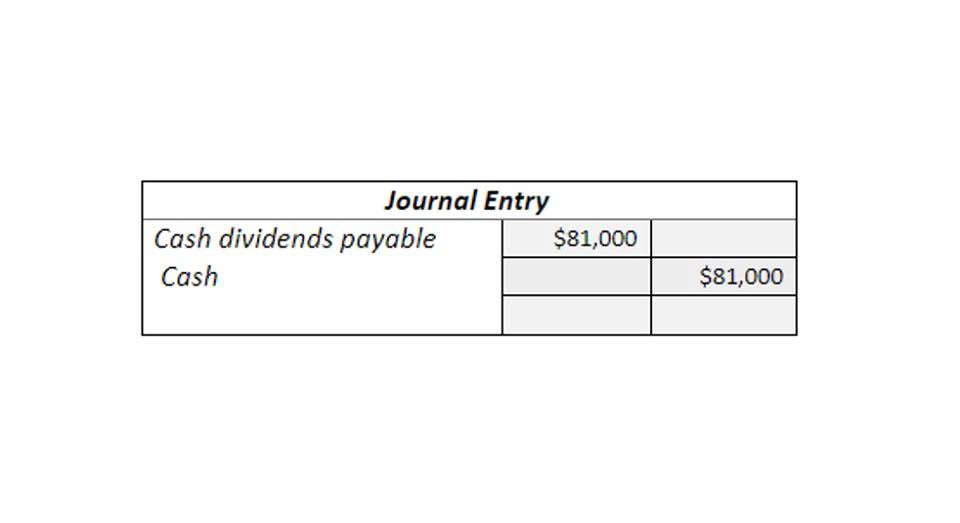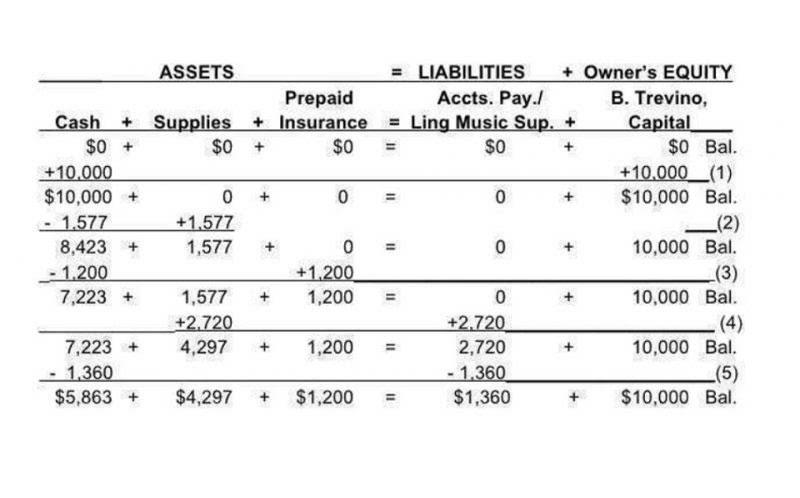
If a transaction increases current assets and current liabilities by the same amount, there would be no change in working capital. Net operating working capital is different from (net) working capital which simply equals current assets minus current liabilities. Free cash flow equals operating cash flow minus gross investment in operating assets minus investment in net working capital. A business has positive working capital when it currently has more current assets than current liabilities. This is a sign of financial health, since it means the company will be able to fully cover its short-term obligations as they come due over the next year. Current assets include assets a company will use in fewer than 12 months in its business operations, such as cash, accounts receivable, and inventories of raw materials and finished goods.
Q: What is change in working capital on the balance sheet?
- Working capital can only be expensed immediately as one-time costs to match the revenue they help generate in the period.
- One nuance to calculating the net working capital (NWC) of a particular company is the minimum cash balance—or required cash—which ties into the working capital peg in the context of mergers and acquisitions (M&A).
- Suppose a company had the following operating working capital line items in 2021.
- This can happen if profits are tied up in accounts receivable and inventory.
- You can calculate the current ratio by taking current assets and dividing that figure by current liabilities.
Working capital should be assessed periodically over time to ensure that no devaluation occurs and that there’s enough left to fund continuous operations. Unearned revenue from payments received before the product is provided will also reduce working capital. This revenue is considered a liability until the products are shipped to the client. Operational liabilities are classified as non-interest-bearing liabilities and result from the operational activities of the business.

Why Is the Collection Ratio Important?
But if the change in NWC is negative, the net effect from the two negative signs is that the amount is added to the cash flow amount. If calculating free cash flow – whether on an unlevered FCF or levered FCF basis – an increase in the change in NWC is subtracted from the cash flow amount. Businesses must, therefore, have a clear understanding of both in order to ensure smooth business operations. If the company’s Inventory increases from $200 to $300, it needs to spend $100 of cash to buy that additional Inventory.
. What does the change in working capital on the balance sheet represent?

At the same time, the company effectively manages its inventory levels and negotiates favorable payment terms with suppliers, resulting in slower growth in accounts payable (A/P). As a result, the company’s net working capital increases, reflecting improved liquidity and financial strength. In summary, positive changes in working capital (increases in current assets or decreases in current liabilities) typically lead to a temporary decrease in cash flow, as cash is tied up in these assets or used to pay off liabilities. Conversely, negative changes in working capital (decreases in current assets or increases in current liabilities) often result in a temporary increase in cash flow, as cash is generated or freed up. Understanding and managing these changes is crucial for maintaining healthy cash flow in a business.


To calculate the change in net working capital (NWC), the current period NWC balance is subtracted from the prior period NWC balance. If the change in NWC is positive, the company collects and holds onto cash earlier. However, if the change in NWC is negative, the business model of change in operating working capital the company might require spending cash before it can sell and deliver its products or services. As a consequence of operating cash flow and EBIT increase, market capitalization has grown too, making Alibaba have a total return on investment of approximately 180%, or 36% per year.
Net working capital and working capital ratio example
However, there are some costs involved in these hedging transactions, which could affect cash flow. Changes in net working capital refers to how a company’s net working capital fluctuates year-over- year. If your net working capital one https://www.bookstime.com/ year was $50,000 and the next year it was $75,000, you would have a positive net working capital change of $25,000. At the end of the day, having completed a sale does not matter if the company is unable to collect payment on the sale.
Current Assets Can Be Written Off
The goal is to maintain sufficient cash flow to meet its short-term operating costs and short-term debt obligations while maximizing its profitability. Working capital management is key to the cash conversion cycle, or the amount of time a firm uses to convert working capital into usable cash. Current assets include anything that can be easily converted into cash within 12 months.
- First and foremost, SoFi Learn strives to be a beneficial resource to you as you navigate your financial journey.We develop content that covers a variety of financial topics.
- The collection ratio, also known as days sales outstanding (DSO), is a measure of how efficiently a company manages its accounts receivable.
- The Change in Working Capital could positively or negatively affect a company’s valuation, depending on the company’s business model and market.
- Working capital refers to the cash a business requires for day-to-day operations, or, more specifically, for financing the conversion of raw materials into finished goods, which the company sells for payment.
The collection ratio is calculated by multiplying the number of days in the period by the average amount of outstanding accounts receivable. For example, consider a manufacturing company facing challenges in collecting receivables from customers, leading to a significant increase in A/R. Meanwhile, the company experiences rapid growth in production, requiring increased inventory levels and faster payments to suppliers, causing a surge in A/P.
How is change in working capital calculated?
This can happen if profits are tied up in accounts receivable and inventory. Retailers must tie up large portions of their working capital in inventory as they prepare for future sales. Positive cash flow indicates that a company’s liquid assets are increasing, enabling it to settle debts, reinvest in its business, return money to shareholders, pay expenses, and provide a buffer against future financial challenges. Working capital is also important if you are trying to woo an investor or get approved for a small business loan. Lenders and investors will often look at both working capital and changes in working capital to assess a company’s financial health.

